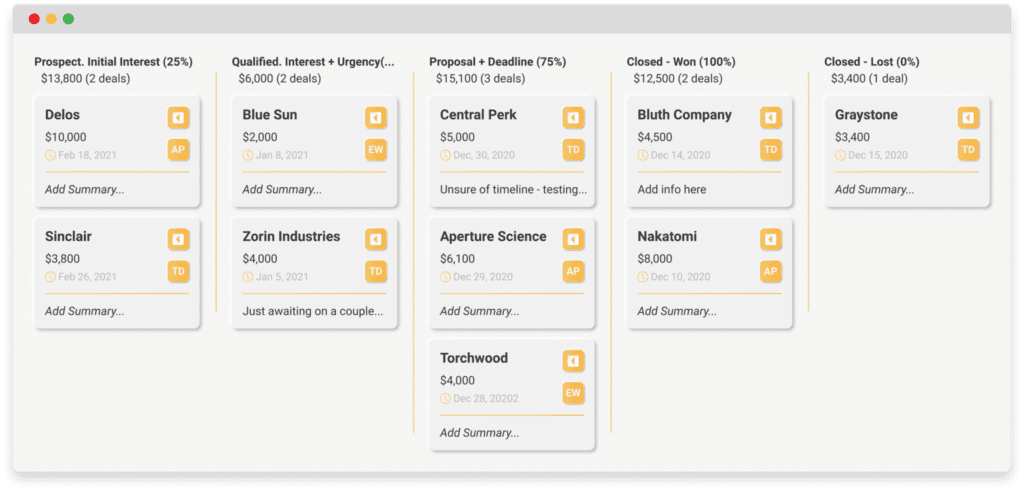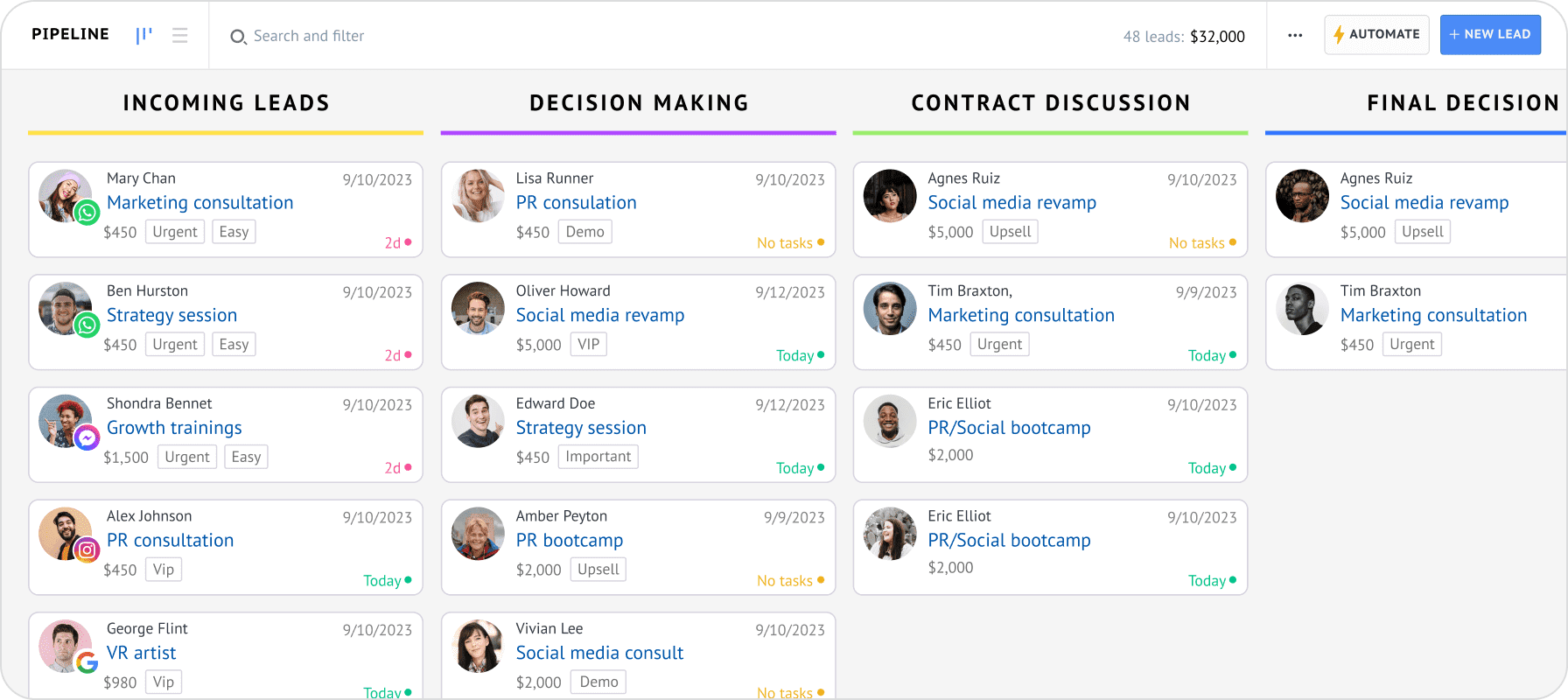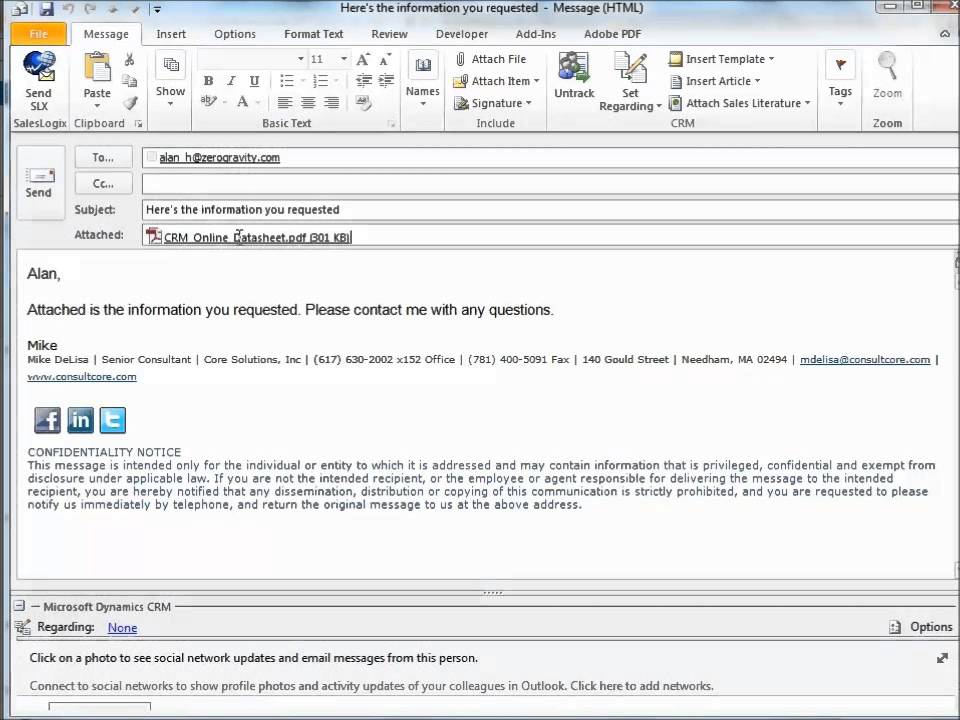Decoding CRM Marketing Metrics: The Ultimate Guide to Measuring Success

Decoding CRM Marketing Metrics: The Ultimate Guide to Measuring Success
In the dynamic world of customer relationship management (CRM), success isn’t just about having a system in place; it’s about leveraging data to drive informed decisions and achieve tangible results. That’s where CRM marketing metrics come into play. These metrics are the compass guiding your marketing efforts, providing insights into what’s working, what’s not, and where you can optimize for greater impact. This comprehensive guide will delve deep into the most crucial CRM marketing metrics, equipping you with the knowledge and tools to measure, analyze, and improve your marketing performance. We’ll explore everything from lead generation and conversion rates to customer lifetime value and return on investment (ROI). Get ready to transform your CRM data into actionable strategies that propel your business forward.
Why CRM Marketing Metrics Matter
Before we dive into the specifics, let’s establish why CRM marketing metrics are so vital. In essence, they provide a clear picture of your marketing effectiveness. Without them, you’re essentially flying blind, hoping for the best but unable to pinpoint the areas that need attention. Here’s a breakdown of the key benefits:
- Data-Driven Decisions: Metrics provide the evidence needed to make informed decisions. No more relying on gut feelings – you can base your strategies on concrete data.
- Performance Measurement: They allow you to track your progress over time, identifying trends and patterns that might otherwise go unnoticed.
- Optimization Opportunities: By analyzing your metrics, you can identify areas for improvement and fine-tune your campaigns for better results.
- ROI Justification: They enable you to demonstrate the value of your marketing efforts to stakeholders, justifying your budget and resources.
- Improved Customer Experience: Understanding customer behavior through metrics allows you to personalize your marketing and provide a more relevant and engaging experience.
In short, CRM marketing metrics are the backbone of a successful marketing strategy. They empower you to understand your customers, measure your performance, and optimize your campaigns for maximum impact.
Key CRM Marketing Metrics to Track
Now, let’s explore the specific metrics you should be tracking. We’ll categorize them for easier understanding, covering areas like lead generation, sales performance, customer engagement, and ROI. Remember, the specific metrics you focus on may vary depending on your business goals and industry, but these are some of the most universally relevant.
Lead Generation Metrics
These metrics focus on the early stages of the customer journey, from attracting leads to nurturing them through the sales funnel. They help you understand the effectiveness of your lead generation efforts.
- Website Traffic: This is the foundation. Track the number of visitors to your website, as well as their behavior (pages viewed, time on site, bounce rate). Use tools like Google Analytics to get a comprehensive view.
- Lead Volume: The total number of leads generated during a specific period. This is a simple but important metric to monitor.
- Lead Conversion Rate: The percentage of website visitors who convert into leads (e.g., by filling out a form or downloading a resource). This indicates the effectiveness of your lead capture methods.
- Cost Per Lead (CPL): The amount you spend to acquire each lead. Calculate this by dividing your total marketing spend by the number of leads generated.
- Marketing Qualified Leads (MQLs): The number of leads that meet specific criteria, indicating they are more likely to become customers. This is often based on their engagement with your content or website.
- Sales Qualified Leads (SQLs): The number of leads that have been vetted by the sales team and are considered ready for a sales conversation.
Sales Performance Metrics
Once leads enter the sales process, these metrics help you track their progress and measure the performance of your sales team.
- Sales Conversion Rate: The percentage of leads that convert into paying customers. This is a crucial metric for measuring sales effectiveness.
- Average Deal Size: The average value of a closed deal. This helps you understand the revenue generated per customer.
- Sales Cycle Length: The average time it takes to convert a lead into a customer. Shorter sales cycles are generally more desirable.
- Customer Acquisition Cost (CAC): The total cost of acquiring a new customer, including marketing and sales expenses.
- Win Rate: The percentage of opportunities that your sales team successfully closes.
- Churn Rate: The percentage of customers who stop doing business with you over a specific period. High churn rates can indicate problems with customer satisfaction or product-market fit.
Customer Engagement Metrics
These metrics focus on customer interactions and engagement with your brand, both before and after a sale. They’re essential for building strong customer relationships and driving repeat business.
- Customer Satisfaction (CSAT) Score: A measure of how satisfied your customers are with your products or services. This is often measured through surveys.
- Net Promoter Score (NPS): A metric that measures customer loyalty and willingness to recommend your brand.
- Customer Retention Rate: The percentage of customers who remain active over a specific period. This is a key indicator of customer loyalty.
- Customer Lifetime Value (CLTV): The predicted revenue a customer will generate throughout their relationship with your business. This is a crucial metric for long-term planning.
- Customer Engagement Rate: Measures how actively customers interact with your marketing communications (e.g., email open rates, click-through rates, social media engagement).
- Churn Rate: (Reiterated here as it is highly relevant to customer engagement) As mentioned earlier, this indicates the rate at which customers are lost. A high churn rate signals problems.
Return on Investment (ROI) Metrics
These metrics measure the financial performance of your marketing efforts, allowing you to assess the profitability of your campaigns and make data-driven budget decisions.
- Marketing ROI: The return generated from your marketing investments. This is calculated by dividing the revenue generated by marketing by the total marketing spend.
- Return on Ad Spend (ROAS): The revenue generated for every dollar spent on advertising. This is a crucial metric for evaluating the effectiveness of your advertising campaigns.
- Revenue Per Customer: The average revenue generated by each customer.
- Profit Margin: The percentage of revenue that remains after deducting all expenses.
How to Track CRM Marketing Metrics
Now that you know which metrics to track, let’s discuss how to actually track them. The good news is that most of the work can be automated with the right tools.
- CRM System: Your CRM system (e.g., Salesforce, HubSpot, Zoho CRM) should be the central hub for tracking most of your metrics. It allows you to store, manage, and analyze customer data in one place.
- Marketing Automation Software: Tools like Marketo, Pardot, and ActiveCampaign can help you track lead generation, email marketing performance, and website activity.
- Analytics Platforms: Google Analytics is essential for tracking website traffic, user behavior, and conversion rates.
- Spreadsheets: While not ideal for complex analysis, spreadsheets can be useful for compiling data from various sources and creating custom reports.
- Reporting Dashboards: Consider using a reporting dashboard tool (e.g., Tableau, Power BI) to visualize your data and track your key metrics in real-time. This provides a quick and easy way to monitor performance and identify trends.
- Regular Reporting: Establish a regular reporting schedule (e.g., weekly, monthly, quarterly) to review your metrics and identify areas for improvement.
Analyzing and Interpreting Your Data
Collecting data is only the first step. The real value comes from analyzing and interpreting it. Here’s how to make the most of your CRM marketing metrics:
- Set Clear Goals: Before you start tracking metrics, define your goals. What are you trying to achieve with your marketing efforts? This will help you prioritize the most relevant metrics.
- Establish Benchmarks: Compare your performance to industry benchmarks or your own historical data. This will help you understand whether your results are good, bad, or average.
- Identify Trends: Look for patterns and trends in your data. Are certain campaigns performing better than others? Are there any seasonal fluctuations?
- Segment Your Data: Segment your data by customer demographics, behavior, or other relevant factors. This will allow you to identify specific customer segments and tailor your marketing efforts accordingly.
- Conduct A/B Testing: Experiment with different marketing messages, offers, and calls to action to see what resonates best with your audience.
- Use Data to Drive Decisions: Don’t be afraid to make changes to your marketing strategy based on your data. If a campaign isn’t performing well, don’t be afraid to adjust it or try something new.
- Stay Agile: The marketing landscape is constantly evolving. Be prepared to adapt your strategies and metrics as needed.
Turning Insights into Action: Improving Your CRM Marketing
The ultimate goal of tracking CRM marketing metrics is to improve your marketing performance. Here are some actionable strategies you can implement based on your data:
- Optimize Lead Generation: If your lead volume is low, experiment with different lead capture methods (e.g., gated content, webinars, contests). Improve your website’s SEO to attract more organic traffic.
- Improve Lead Conversion Rates: Nurture leads with targeted content and personalized messaging. Streamline your sales process to make it easier for leads to convert.
- Reduce Customer Acquisition Cost: Identify the most cost-effective lead generation channels. Optimize your marketing spend to focus on the channels that generate the best results.
- Increase Sales Conversion Rates: Train your sales team to effectively qualify leads and close deals. Improve your sales process and provide your sales team with the tools and resources they need to succeed.
- Enhance Customer Engagement: Personalize your marketing communications based on customer behavior and preferences. Create engaging content that resonates with your target audience. Implement customer loyalty programs to encourage repeat business.
- Reduce Churn Rate: Proactively address customer concerns and provide excellent customer service. Gather customer feedback and use it to improve your products and services.
- Improve ROI: Focus on the marketing campaigns that generate the highest ROI. Optimize your marketing budget to allocate more resources to the most profitable channels.
Common Challenges and How to Overcome Them
While tracking CRM marketing metrics is crucial, it can come with its own set of challenges. Here are some common hurdles and how to address them:
- Data Silos: Data scattered across different systems can make it difficult to get a complete view of your marketing performance. Integrate your systems to centralize your data.
- Data Accuracy: Inaccurate data can lead to flawed conclusions. Implement data validation processes and regularly audit your data to ensure its accuracy.
- Lack of Resources: Tracking and analyzing metrics can require time and resources. Invest in the right tools and training to streamline your processes.
- Overwhelming Data: Too much data can be overwhelming. Focus on the key metrics that are most relevant to your goals and prioritize your analysis accordingly.
- Resistance to Change: Some team members may be resistant to changing their practices based on data. Communicate the benefits of data-driven decision-making and involve your team in the process.
The Future of CRM Marketing Metrics
The world of CRM marketing is constantly evolving, and so are the metrics that matter. Here are some trends to watch:
- Artificial Intelligence (AI): AI is transforming the way businesses use CRM data. AI-powered tools can automate analysis, predict customer behavior, and personalize marketing campaigns.
- Personalization: Customers expect personalized experiences. Metrics that measure the effectiveness of personalization efforts will become increasingly important.
- Cross-Channel Attribution: Understanding how different marketing channels contribute to conversions is becoming increasingly complex. Cross-channel attribution modeling will become essential for measuring the ROI of multi-channel campaigns.
- Privacy and Data Security: With increasing concerns about data privacy, businesses will need to be more transparent about how they collect and use customer data. Metrics that measure data compliance and security will become more important.
- Focus on Customer Experience: Measuring and improving the customer experience will continue to be a top priority. Metrics that track customer satisfaction, loyalty, and engagement will remain crucial.
Conclusion: Embrace the Power of Data
CRM marketing metrics are not just numbers; they are the lifeblood of a successful marketing strategy. By tracking the right metrics, analyzing your data, and taking action based on your insights, you can transform your marketing efforts and drive significant results. Embrace the power of data, and you’ll be well on your way to achieving your business goals. Remember, consistent monitoring, analysis, and adaptation are key to staying ahead in today’s competitive landscape. So, start tracking, start analyzing, and start improving your CRM marketing performance today!





